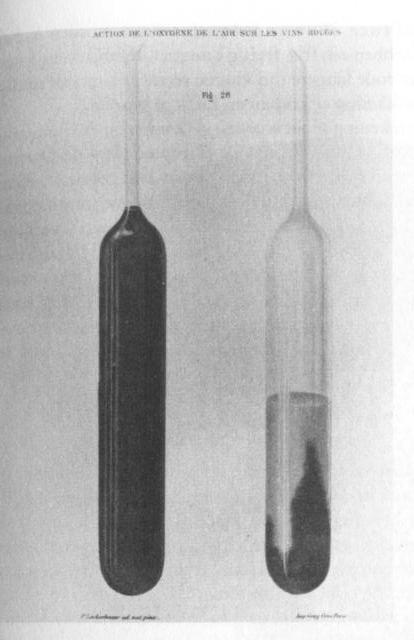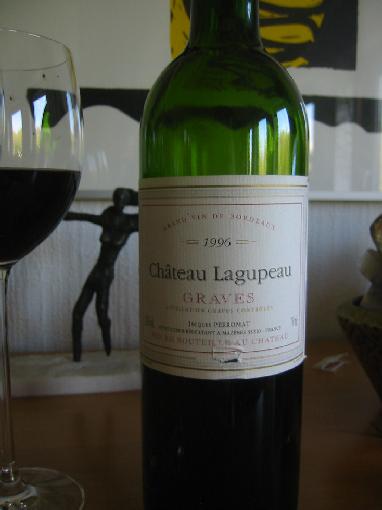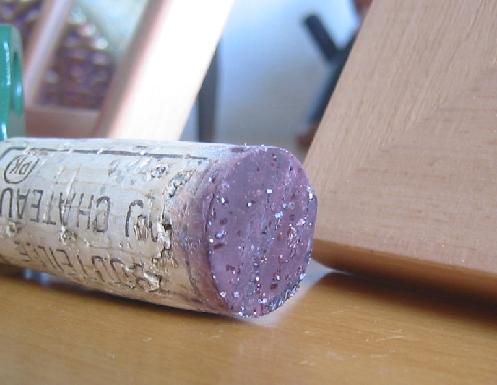Spoiled and not so spoiled…


After last weeks debacle with the Saint Émilion Grand Cru we decided to open yet another 1996 wine this weekend.This week’s “Craves” (Château Lagupeau) was fortunatelly not spoiled and although we cooked a normal dinner we did enjoy it.
Its not that often that I drank spoiled wine. I do not have thebest means to store wine for longer than a few months. Besides, Inormally buy wines that are ready to be drank. So last weeks spoiledwine was something of a new experience. The taste is just so differentfrom a young wine that spoiled. Young wine will turn into vinigar aftera couple of days. A spoiled old wine just has no taste, its flat,watery and has this brown rusty color.
Last week I had a couple of nice beers with Henrik, Geoff and Thomas.When Geoff had left we talked food. I recomended Harold McGee’s “OnFood and Cooking. The Science and Lore of the Kitchen” which Iown in the Dutch translation. When I came home and opened the “Graves”I noticed crystals on the cork. Also something that I do not see thatoften, being used to the younger varieties. My mediocre wine book didnot describe this phenomena but McGee does refer to the cristals(mostly salt, but also apple and wine accids).

Thesame chapter describes that Louis Pasteur, we owe fresh milk to thatbloke, was a researcher that actually studied why wine went bad.That is something I did not know. He scientifically demonstrated (with one vacuum andone open tube) that wine exposed to air will go bad. The pictureshows the pigments separate and fall to the bottom to the tube.
Althoughthe beers that I drank in the Stockholm brewery that Henrik took us to—the name of the place has slipped but they served Heaven and Hell— were absolutely fabulous I think I would choose for wine if I hadchoose what to drink for the rest of my life.
Finally, when talking food we also spoke about Jeffrey Steingarten’s “The Man Who Ate Everything” which is also a very nice book about food and eating.
(the B/W picture is Pasteur’s and came from the above mentioned McGee Book)
Leave a Reply